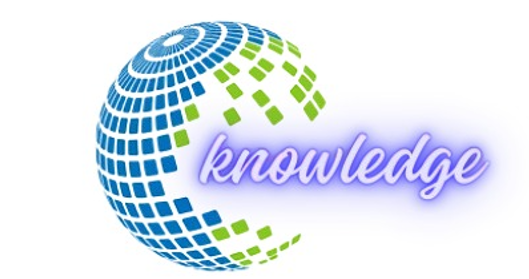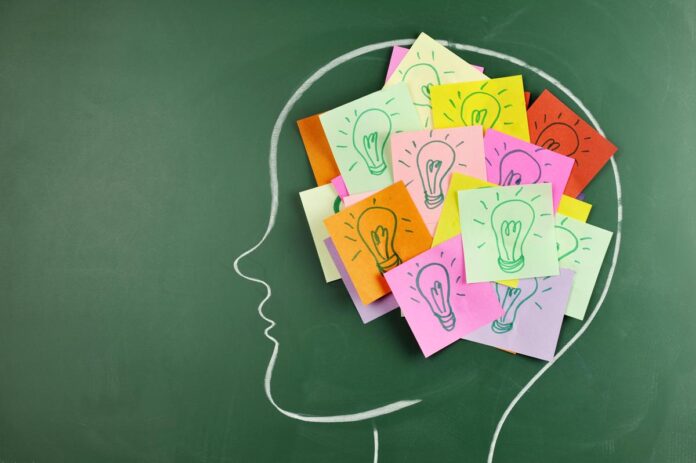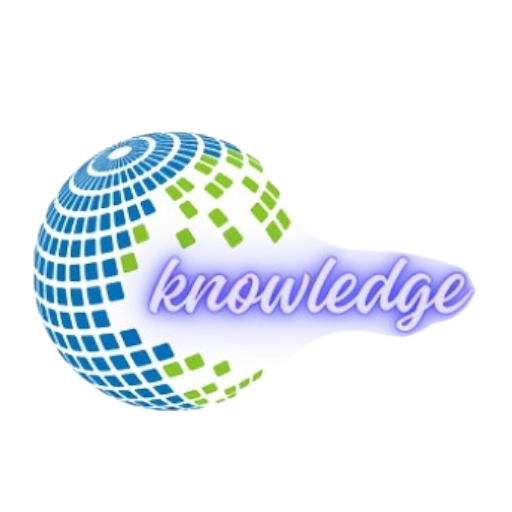Introduction
We live in an age of information abundance. With a few taps on a smartphone, students can access more information than contained in entire libraries of previous generations. Yet this unprecedented access brings unprecedented challenges misinformation spreads as easily as facts, algorithms create echo chambers reinforcing existing beliefs, and attention-grabbing headlines often triumph over nuanced analysis.
In this environment, teaching students to think critically becomes not just educationally important but democratically essential. Critical thinking the ability to analyze, evaluate, and synthesize information while recognizing bias and logical fallacies forms the foundation for informed citizenship in the digital age.
“The real educational challenge has shifted,” explains high school social studies teacher Aisha Johnson. “It’s no longer about helping students find information it’s about helping them evaluate what they find. Without those skills, they’re vulnerable to manipulation by anyone with a compelling narrative and a social media account.”
Critical thinking has always been valuable, but today’s information landscape makes it urgent. Students encounter more unfiltered content than any previous generation, often without the guidance of traditional gatekeepers like editors or subject experts. Many haven’t developed the discernment tools needed to navigate this complex environment.
Teachers across subjects are responding to this challenge by integrating critical thinking throughout curriculum. English teachers guide students in analyzing rhetorical strategies in both classic literature and viral social media posts. Science teachers help students distinguish between scientific consensus and outlier opinions. History teachers examine how narratives are constructed and whose perspectives they privilege or exclude.
Technology itself can support critical thinking development when thoughtfully implemented. Online platforms facilitate collaborative analysis of controversial topics. Digital annotation tools enable close reading of complex texts. An AI Homework Helper might prompt students with Socratic questions that deepen their thinking rather than simply providing answers, modeling the analytical process itself.
Effective critical thinking instruction begins with questioning. Teachers pose open-ended questions without predetermined answers, creating space for genuine inquiry. They ask students not just what they think but why, pushing beyond initial responses to examine underlying assumptions. They model intellectual curiosity by acknowledging the limits of their own knowledge and demonstrating how they evaluate new information.
Source evaluation forms another crucial component. Students learn to consider who created information, their potential biases or motivations, the evidence supporting their claims, and whether other credible sources corroborate the information. They distinguish between primary and secondary sources, opinion and reporting, expertise and casual observation.
“We practice ‘lateral reading’ the strategy fact-checkers actually use,” notes middle school librarian Michael Chen. “Instead of spending time on an unfamiliar site, students open new tabs to research the organization or author. They learn that evaluating who’s speaking often matters more than what the site itself claims.”
Media literacy extends these skills to visual information. Students learn how images can be manipulated, how framing affects perception, and how emotional appeals often bypass rational thinking. They analyze how the same event receives different coverage across news outlets, identifying patterns that reveal underlying perspectives.
Statistical literacy proves increasingly important as data becomes weaponized in public discourse. Students learn to question how statistics were generated, what they actually measure, and what context might be missing. They recognize common ways data can mislead cherry-picking, improper comparisons, or confusing correlation with causation.
Perhaps most challenging but essential is helping students recognize their own biases. Humans naturally seek information confirming existing beliefs while dismissing contradictory evidence. By understanding these cognitive tendencies, students can deliberately counteract them seeking diverse viewpoints, questioning their own certainty, and distinguishing between what feels true and what evidence supports.
Discussion strategies support critical thinking development when structured thoughtfully. Socratic seminars, structured academic controversies, and debate formats help students examine multiple perspectives on complex issues. When facilitated well, these discussions move beyond opinion-sharing to evidence evaluation and logical analysis.
“The magic happens when students start questioning each other’s reasoning, not just stating their own positions,” shares English teacher David Martinez. “I know we’re succeeding when I hear them asking ‘What evidence supports that?’ or ‘Have you considered this alternative explanation?’ without my prompting.”
Digital citizenship naturally intertwines with critical thinking. Students learn not just to evaluate information they consume but to consider their responsibilities when sharing information. They examine how their online actions affect others and reflect on the ethics of digital participation. They recognize that forwarding unverified information or inflammatory content has real consequences in a connected world.
Schools implementing these approaches successfully typically adopt whole-school commitments to critical thinking rather than isolating it within specific subjects or units. They embed analytical skills across disciplines, reinforcing that critical thinking applies universally rather than only in designated contexts.
Assessment must evolve alongside instruction. Rather than primarily measuring content recall, effective assessment asks students to analyze unfamiliar information, evaluate competing claims, synthesize from multiple sources, and justify their reasoning. These authentic tasks better reflect the cognitive demands students will face as citizens and professionals.
The stakes couldn’t be higher. In a world where information weapons can threaten democratic institutions, polarize communities, and undermine shared reality, critical thinking represents our best defense. By preparing students to navigate information thoughtfully, question strategically, and reason carefully, we equip them not just for academic success but for meaningful participation in democratic society.
Conclusion
The future demands citizens who can distinguish fact from fiction, recognize manipulation, evaluate evidence, and make informed decisions based on reason rather than reaction. By prioritizing these skills today, educators help create that future one critical thinker at a time.



